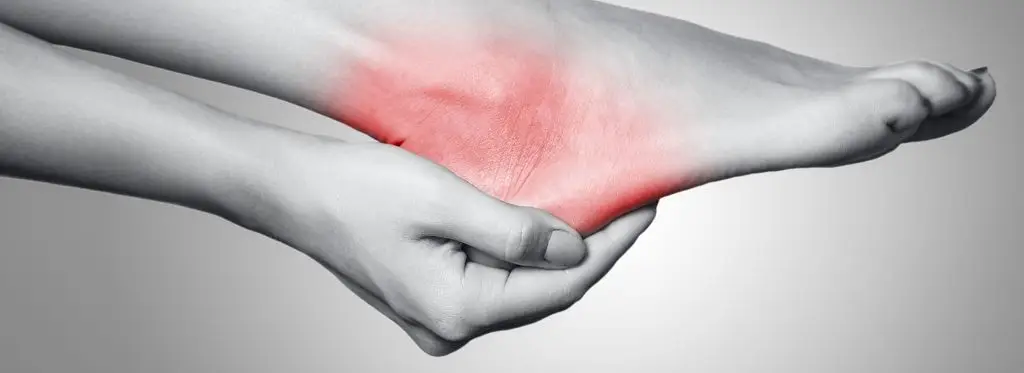What is plantar fasciitis?
It is a common condition that affects the heel. The plantar fascia which is a web-like structure that connects your heel to your toes. This helps you walk by supporting the arch of your foot.
What are the causes?
The plantar fascia receives a lot of wear through its life. It is in constant use throughout your day and acts as a shock absorber when you walk, run and jump. Too much pressure on the plantar fascia can cause small tears which can cause swelling, stiffness and pain. Common causes of plantar fasciitis include:
- Being overweight
- Long distance running
- Active jobs, particularly if involve a lot of standing or walking
- High arches or flat feet
- Pregnancy
- Wearing ill-fitting footwear
Women are slightly more prone to get the condition than men, and it is most common in people aged between 40 and 70.
The symptoms
Common complaints from people with plantar fasciitis are pain in their heel and stiffness in the bottom of their foot. Both of these will develop gradually and typically only in one foot, but the condition can affect both. Some people say the pain is a dull pain, while others complain of a sharp, burning or aching pain. In severe plantar fasciitis the pain can feel like a ‘hot poker or knife’. The pain is likely to be worse in the morning when you take your first steps or after resting for a while. However, the pain can also flare up after a period of heavy exercise or prolonged standing; this is because the plantar fasciia has become inflamed.
The treatments
Thankfully, treating plantar fasciitis is fairly easy and there is plenty of things that you can do at home to stop the pain and get rid of plantar fasciitis altogether. Initial home treatments can include:
- Applying ice
- Changing or reducing activity
- Using arch supports
- Doing certain stretches
- Anti-inflammatory medication can also be used to help reduce the swelling and the pain.
For some people none of the above treatments work. Your doctor may recommend that you try physical therapy, injections of corticosteroids and insoles.
In rare extreme cases of plantar fasciitis, that have lasted for more than 3 months despite the above measures, surgery may beneficial. This can be done as a day case with ‘key-hole’ surgery.
